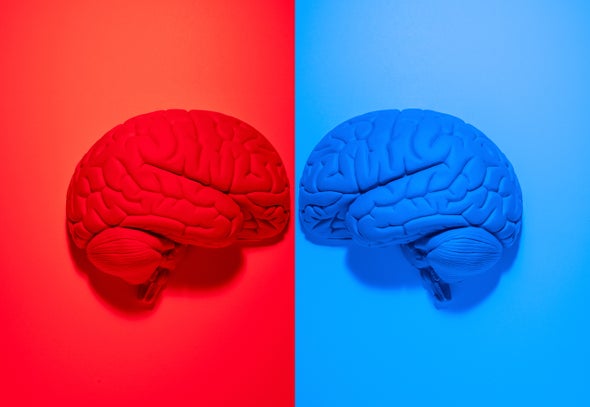by JER CLIFTON

Disagreement has paralyzed our politics and our collective ability to get things done. But where do these conflicts come from? A split between liberals and conservatives, many might say. But underlying that division is an even more fundamental fissure in the ways that people view the world.
In politics, researchers usually define conservativism as a general tendency to resist change and tolerate social inequality. Liberalism is a tendency to embrace change and reject inequality. Political parties evolve with time—Democrats were the conservative party 150 years ago—but the liberal-conservative split is typically recognizable in a country’s politics. It’s the fault line on which political cooperation most often breaks down.
Psychologists have long suspected that a handful of fundamental differences in worldviews might underlie the conservative-liberal rift. Forty years of research has shown that, on average, conservatives see the world as a more dangerous place than liberals. This one core belief seemed to help explain many policy disagreements, such as conservative support of gun ownership, border enforcement and increased spending on police and the military—all of which, one can argue, aim to protect people from a threatening world.
But new research by psychologist Nick Kerry and me at the University of Pennsylvania contradicts that long-standing theory. We find instead that the main difference between the left and right is the belief that the world is inherently hierarchical. Conservatives, our work shows, tend to have higher belief than liberals in a hierarchical world, which is essentially the view that the universe is a place where the lines between categories or concepts matter. A clearer understanding of that difference could help society better bridge political divides.
Scientific American for more
